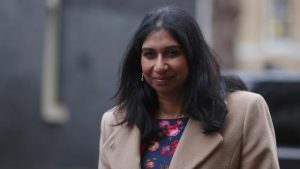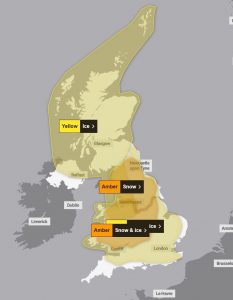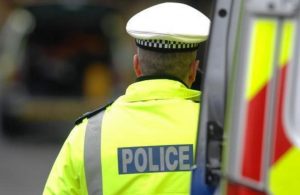Local elections take place in England on Thursday
VOTERS across much of England will head to the ballot box for local and mayoral elections on Thursday.
It will be the first time people in England will have to show photographic identification at voting stations before they can cast their ballot.
Most local councils in England are holding elections – excluding the Greater London area as they were held in 2022.
The majority of councils held their last elections in 2019 so the four-year cycle means it is their turn again.
A total of 8,057 seats are up for grabs in 4,831 wards.
Mayoral elections will also take place in Bedford, Leicester, Mansfield and Middlesbrough.
Local elections in Northern Ireland will take place two weeks later on 18 May.
There are no local elections in Scotland and Wales.
The law was changed last year so voters in Great Britain now have to show photo ID before being issued a ballot paper in polling stations for general, local and police and crime commissioner elections, and referendums.
When a similar system was introduced in Northern Ireland in 2003, there was an almost five-point drop in expected turnout but normal patterns were restored in subsequent elections.
Most forms of existing photo ID will be accepted, including: • UK, EEA and Commonwealth passports or driving licences, Most concessionary travel cards, Blue Badge and Proof of Age Standards Scheme (PASS) card.
The Conservatives hold the highest number of seats and councils in England, with the party holding majority control of 85 councils and defending 3,365 seats – 42% of the total seats.
Labour has majority control of 50 councils and 2,131 seats while the Lib Dems have control of 16 authorities and are defending 1,223 seats.
A third of English councils – 74 – currently have no overall control.
The Greens are defending 239 seats and Independents or local parties have majority control over five councils.
A combination of UKIP/Brexit/Reform UK are defending 30 seats.









